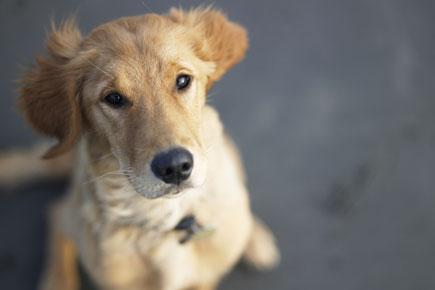Like humans, dogs too have a specialised area in the brain that process faces to give them social cues and make them highly trustworthy social animals, new research has revealed

Pet dog
New York: Like humans, dogs too have a specialised area in the brain that process faces to give them social cues and make them highly trustworthy social animals, new research has revealed.
The findings provides the first evidence for a face-selective region in the temporal cortex of dogs.
ADVERTISEMENT

Representational picture
“The results show that dogs have an innate way to process faces in their brains, a quality that has previously only been well-documented in humans and other primates,” explained Gregory Berns, neuroscientist at Emory University and the senior author of the study.
This may help explain dogs' extreme sensitivity to human social cues.
For the study, the researchers focused on how dogs respond to faces versus everyday objects.
The study involved dogs viewing both static images and video images on a screen while undergoing functional magnetic resonance imaging.
The dogs had to undergo training to learn to pay attention to the screen.
A region in dogs' temporal lobe responded significantly more to movies of human faces than to movies of everyday objects.
This same region responded similarly to still images of human faces and dog faces, yet significantly more to both human and dog faces than to images of everyday objects.
“If the dogs' response to faces was learned - by associating a human face with food, for example - you would expect to see a response in the reward system of their brains, but that was not the case,” Berns noted in a paper appeared in the journal PeerJ.
The researchers have dubbed the canine face-processing region they identified the dog face area (DFA).
Humans have at least three face processing regions in the brain, including the fusiform face area (FFA) which is associated with distinguishing faces from other objects.
“We can predict what parts of your brain are going to be activated when you're looking at faces. This is incredibly reliable across people,” noted Daniel Dilks, assistant professor of psychology.
 Subscribe today by clicking the link and stay updated with the latest news!" Click here!
Subscribe today by clicking the link and stay updated with the latest news!" Click here!







